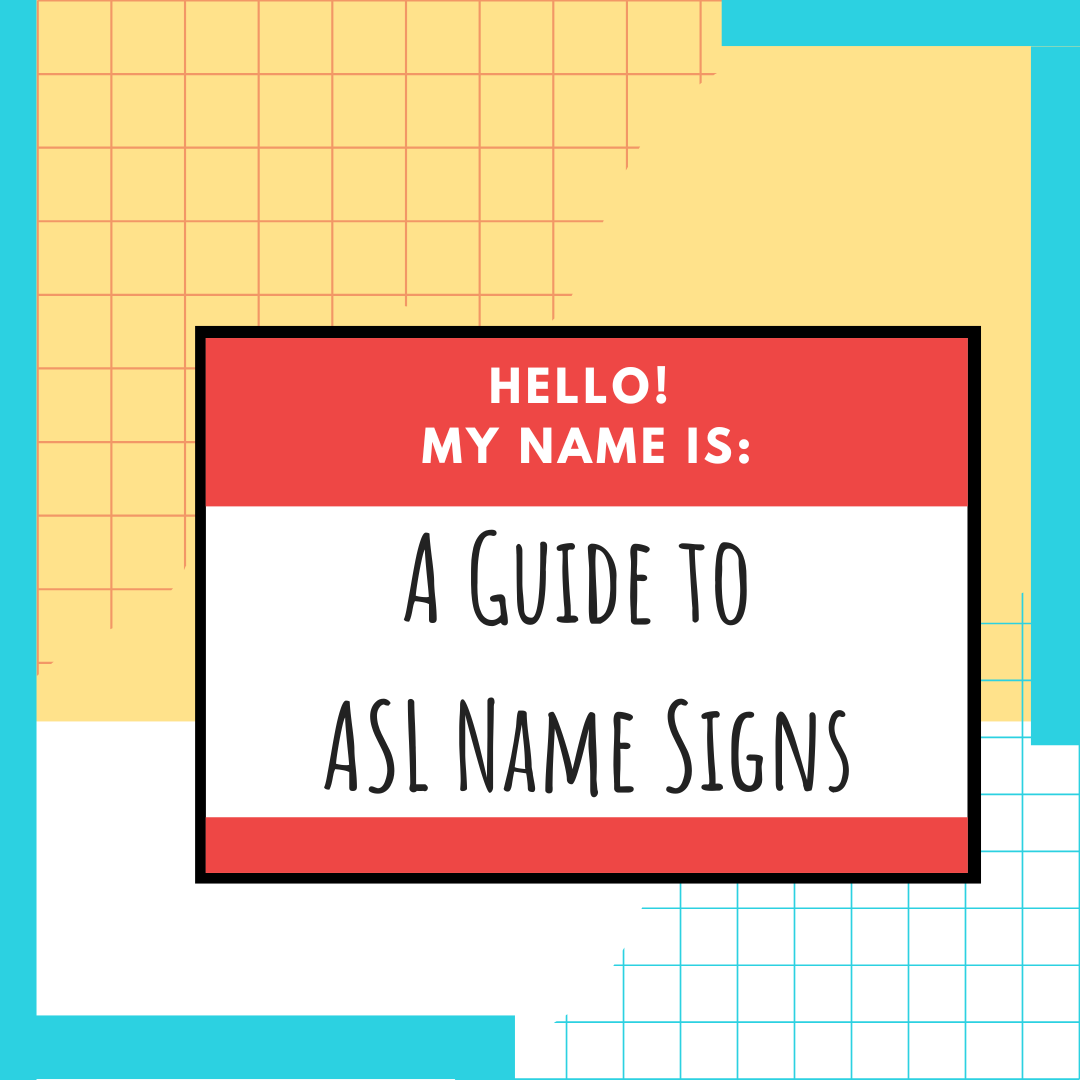
ASL Interpreters: Their Role in the Deaf Community
- by Michelle Jay
by Amanda Rolfe | January 13, 2020
American Sign Language (ASL) interpreters facilitate communication between people who are deaf or hard of hearing and people who can hear. Sign language interpreters must be fluent in English and in ASL, which combines signing, fingerspelling and specific body language. ASL is a separate language from English and has its own grammar (U.S. Bureau of Labor Statistics 2019).
Interpreting happens whenever two people or two groups of people do not share a common language but need to or want to communicate with each other in order to conduct business or share information and ideas. Interpreters use ASL and spoken English to communicate. Interpreting refers to the transfer of communication between languages, while maintaining each speaker’s intent (“What is Interpreting?” 2018). ASL interpreters can work before large and small audiences, have expert proficiency and speed in languages, use the tone, register, words and nuances of the original speaker and use consecutive and simultaneous interpretation techniques (“Interpreting-More than ASL” 2018).
Interpreting can take you anywhere from community to educational to legal interpreting. There is also a huge demand for healthcare interpreting and mental health interpreting. Community interpreting is where most new interpreters get started because of the opportunity to work one-on-one or in small group settings. It is often interactive or dialogic, but not always. Examples of community interpreting are parent-teacher conferences, job interviews and business meetings. Federal law classifies educational interpreters as related service personnel. Working in this specialized arena provides constant stimulation as you work for students of different ages, abilities and interests. Interpreters work in many subject areas and at all academic levels in partnership with different educational team members (“Career Specializations” 2018).
Across the nation, there is a demand for certified interpreters with specialized training in healthcare. In this expanding and exciting field, you may find yourself interpreting during labor and birth one day and in the ER the next day. You may be interpreting for healthcare providers who are Deaf, or you may interpret for patients who are Deaf. People of all ages and backgrounds need healthcare, and certified interpreters find it challenging and rewarding to be the critical link for communication. As with other types of interpreting, those working in healthcare settings must have excellent competency in ASL and English, understand and apply ethical practices and render messages between languages that convey the original content and meaning (“Career Specializations” 2018).
Federal, state and local courts throughout the nation are facing a severe shortage of qualified, professionally trained ASL-English interpreters to work within both criminal and civil court proceedings. There is also a high demand in law enforcement, court-related social service agencies and for a wide range of administrative hearings. Interpreters working in this setting are those who have first achieved a high degree of generalist interpreting competence and certification, followed by further study and supervised work experience in a wide range of legal settings (“Career Specializations” 2018).
Employment of interpreters and translators is projected to grow 19% from 2018-2028, much faster than the average of all occupations. Demand for ASL interpreters is expected to grow due to the increasing use of video relay services (VRS), which allow people to conduct online video calls and use a sign language interpreter (U.S Bureau of Labor Statistics 2019). The demand for interpreters always seems to outweigh the supply, so work can always be found (“Why Interpreting?” 2018).
Works Cited
“Career Specializations.” Home, http://discoverinterpreting.com/career-specializations/.
“Interpreters and Translators : Occupational Outlook Handbook.” U.S. Bureau of Labor Statistics, U.S. Bureau of Labor Statistics, 19 Sept. 2019, https://www.bls.gov/ooh/media-and-communication/interpreters-and-translators.htm#tab-2.
“Interpreters and Translators : Occupational Outlook Handbook.” U.S. Bureau of Labor Statistics, U.S. Bureau of Labor Statistics, 19 Sept. 2019, https://www.bls.gov/ooh/media-and-communication/interpreters-and-translators.htm#tab-6.
“Interpreting-More than ASL.” Home, http://discoverinterpreting.com/.
“What is Interpreting?” Home, http://discoverinterpreting.com/.
“Why Interpreting?” Home, http://www.discoverinterpreting.com/.
Start Learning ASL Today!
 Ready to start learning real American Sign Language and not just basic signs? Do you want to be a part of the vibrant Deaf community? Check out our Free ASL 1 Course or our Complete 4-Level ASL Course options and start learning ASL today!
Ready to start learning real American Sign Language and not just basic signs? Do you want to be a part of the vibrant Deaf community? Check out our Free ASL 1 Course or our Complete 4-Level ASL Course options and start learning ASL today!








